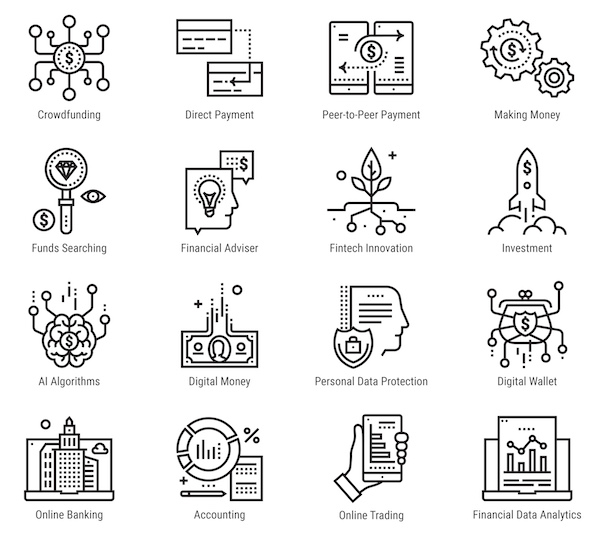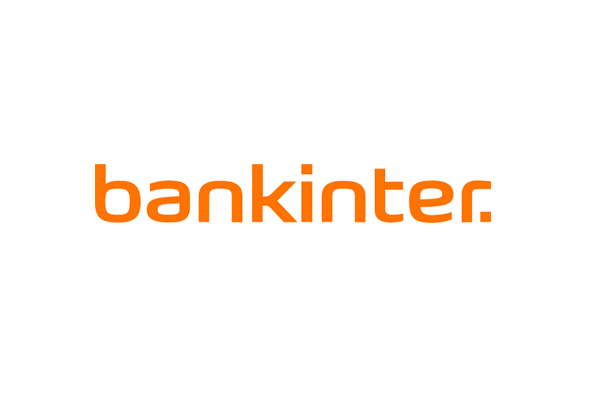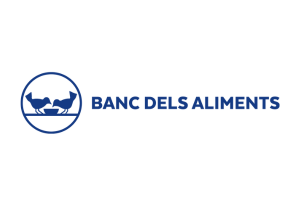Eloi Noya (Lic&MBA ‘93 / EMDB ‘12) led a new Refresher Programme session on the impact of technology in the transformation of the financial industry

Technology has profoundly transformed the financial industry in the 21st century. It continues to generate new business models, leading to the consolidation of new entrants and prompting radical transformations in more traditional players. Over the last decade, digital currencies have changed our conception of money and technologies such as artificial intelligence (AI), blockchain and tokenisation have disrupted financial markets.
Against this backdrop, Eloi Noya kicked off this new Refresher Programme session by discussing how fintech got its start about 15 years ago. During that first wave between 2005 and 2018, he explained, PayPal emerged as the first fintech company. “Those years saw the emergence of startups with limited resources that could not fully challenge traditional banks,” he commented. “They could, however, focus on a single product or service, so each company challenged the banking sector with its own particular proposal. In that first wave, fintech startups led the direction, shape and pace of innovation in each vertical, thereby changing customer expectations. However, they overestimated customers’ desire to abandon traditional banks and failed to create a new infrastructure for financial services.”
The sectors expected to change the most by 2030
The second fintech wave saw collaboration between banks and fintech startups. The latter provided agility, innovation, cost reduction, better customer experience and new products, yet they lacked key characteristics of banks, including trust, capital, economies of scale, infrastructure and risk management. According to Noya, the verticals poised to change the most and attract the most investment between now and 2030 are open banking, payments, crypto and retail banking.
In the medium term, the technologies that will be used the most will be machine learning, the Internet of Things and automated robotic processes. For example, AI is present throughout the value chain of a financial institution: voice technologies, biometrics, personalisation, financial advice and loan approval all use this technology.
“In the future, any company will be able to incorporate this layer of fintech, posing enormous challenges to traditional banks”
The new paradigm is the so-called “superapps”, which are already a part of daily life in Asia. These apps bring together everything a user needs in one place. Financial services are one of their main functions, in addition to social networks, home food delivery and transport reservations. “The pioneering Chinese superapps – Alipay and WeChat – involve a hybridisation of daily activity and financial activity,” explained Noya. “Here in Europe, we don’t have these superapps, but we do have examples such as the neobank Revolut, which offers financial products and services alongside others in our daily lives. Amazon also offers financial services, but it doesn’t look like it is going to become a bank because it is looking for more profitable sectors.”

New disruptions
In the future, Noya explained, any company will be able to incorporate this layer of fintech, posing enormous challenges to traditional banks, because the bank will probably cease to be a place we go to, instead becoming something we do through non-financial companies.
Thus, we are poised to see a new trend – embedded finance , which will allow non-financial companies to integrate financial services directly into their products and services. This opens up a wide range of possibilities for companies. “We can talk about integrated payments, but we could also talk about integrated loans or insurance, which could be offered within the same application, obviating the need to go to the bank’s website to make the transaction,” noted Noya. “That means a lot of revenue growth, in addition to more customer retention and loyalty, as well as data collection.” We are moving towards a paradigm that could be summarised, in the words of Angela Strange, General Partner at Andreessen Horowitz, as fintech as a service. “All companies will end up being fintech companies,” concluded Noya.
Another area of disruption is decentralised finance (DeFi), a financial ecosystem built on blockchain technology. Its main characteristic is the fact that users themselves are the ones who exchange – i.e. buy and sell – financial assets and services directly amongst themselves, without intermediaries. The blockchain also enables the tokenisation of assets with lower transaction costs and without intermediaries. According to Noya, we will soon be able to tokenise anything we can imagine. This is a gigantic market that will make many business models possible.
Meanwhile, the European Union is already testing its digital wallet – a single application that will allow citizens to access all of their official documents (ID cards, driving licenses, etc.), save passwords and make official payments such as taxes and fines. Moreover, some paper money will be converted into digital euros.
“In addition to this initiative, bitcoin, which is trying to challenge the legally recognised currency, will not be a payment currency; instead, it will be a part of our investments, because it will retain its value in the future. Meanwhile, for micro-payments, we will use cryptocurrencies that are more stable.”
“Fintech has been a step forward for financial inclusion, as it has allowed millions of people across the globe to gain access to banking services”
Finally, Noya noted that fintech has been a step forward for financial inclusion, as it has allowed millions of people across the globe to gain access to banking services via mobile telephone, thereby facilitating their economic progress.

































